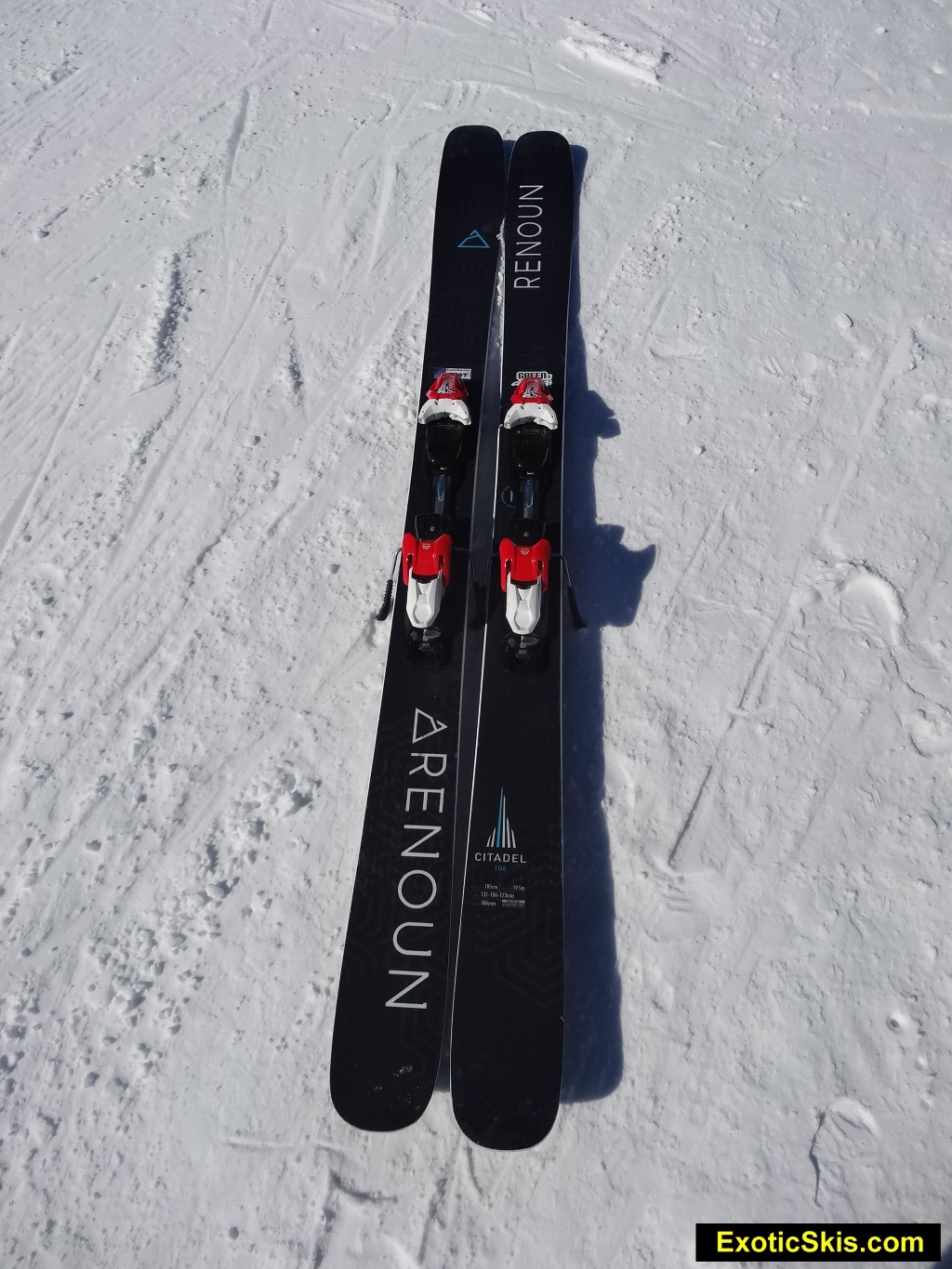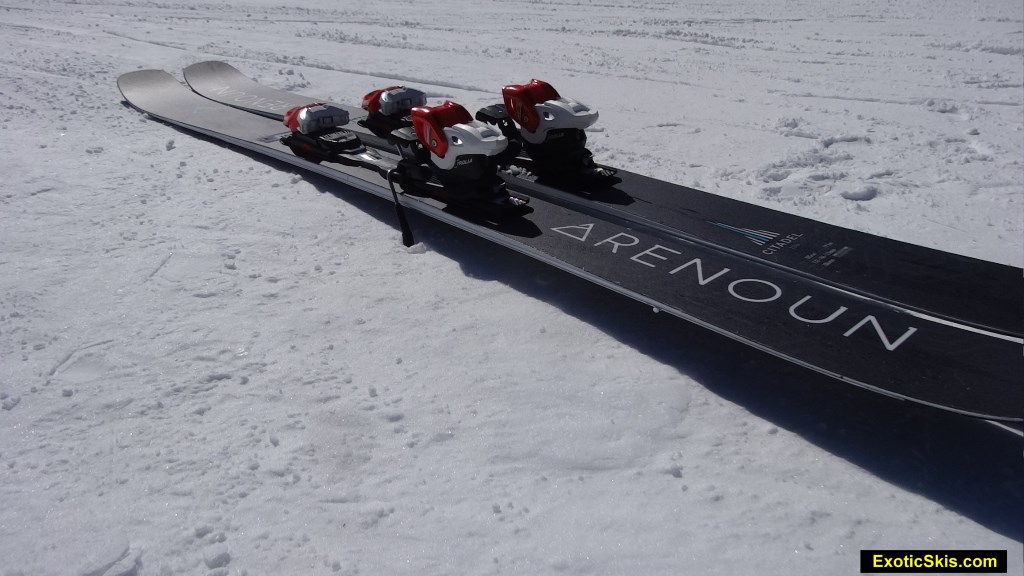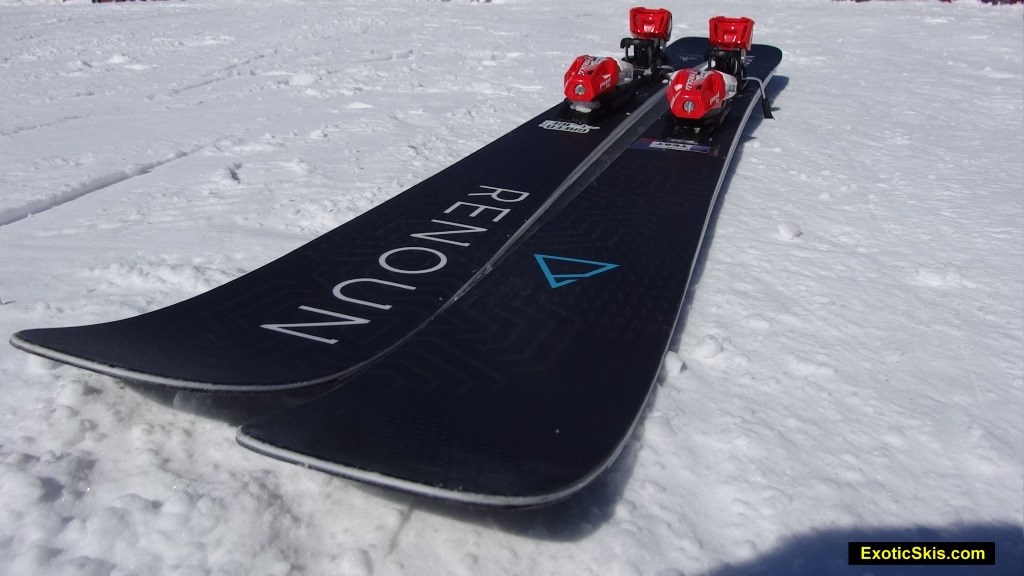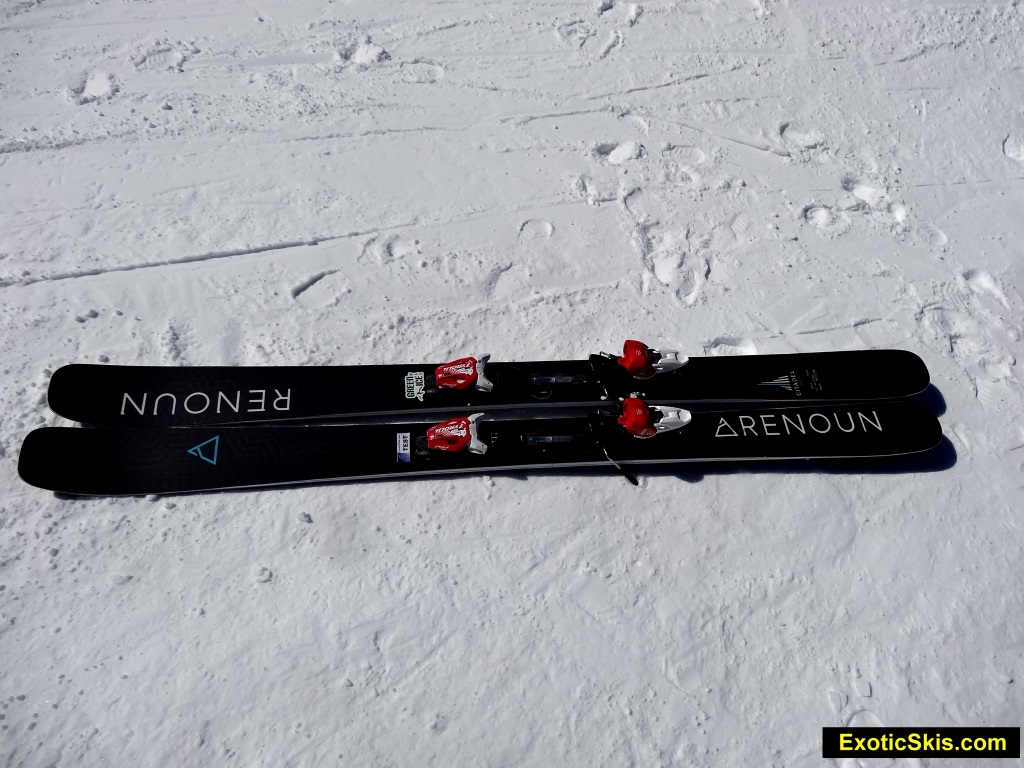Renoun Citadel (2018-2019)
136-106-125 185cm

Manufacturer Info:
Cyrus Schenck
Renoun Skis
266 Main St., Burlington, Vermont, United States
(802) 778-9163
info@renoun.com
http://renoun.com/
https://www.instagram.com/renounskis
https://www.facebook.com/RenounSkis/
https://twitter.com/renounskis
Suggested Retail Price (MSRP):
$1499 usd
Usage Class:
All-mountain freeride
Rating (with comments):
(1="get me off these things"->10="I have to own a pair")
10 for soft to medium density snow for agile, all radius turns, trees and open terrain
9+ for groomers and hardpack for a 106mm waisted ski
9+ for cruddy conditions and cut-up surfaces at less than warp-9 speeds
9+ for powder conditions with a slight bias toward directionality vs. smearing surfy style
Background:
Cyrus Schenk grew up skiing Vermont in the United States, and while attending Clarkson University for Engineering, discovered the science behind the unique properties of non-Newtonian materials. Being inspired to build a ski utilizing these instantly-adaptable materials, Cyrus developed prototypes with friends, decided to create his company called Renoun and won the 2015 ISPO innovation Gold Medal award with his now-patented "Hyper Dampening Technology (HDT)" ski design. Since then, the Burlington, Vermont-based Renoun has developed a series of carving, all-mountain and freeride ski designs incorporating HDT, instantly impressing a wide swath of ski testers, industry insiders and skiers all over the World. Cyrus designs his skis and specifications in Burlington, Vermont and hires the expert ski and snowboard builders at Utopie Manufacturing in Rimouski, Quebec to execute the construction of those designs into his premium-priced product.
AlpsAndMeters.com:
https://journal.alpsandmeters.com/journal/2017/4/18/renoun-interview
VermontLife:
https://www.thinkvermont.com/2017/01/31/success-story-cyrus-schenck/
VermontSkiAndRide.com:
https://vtskiandride.com/meet-cyrus-schencks-skis-of-the-future
Manufacturer's Description:
"“THE MOST STABLE FULL-CARBON SKI. EVER.”
"The Citadel 106 has been a vision of ours since the inception of RENOUN. Wider, lighter, carbon fiber. More HDT, less chatter. Everything you need to build a super ski unlike any other. After 3 years of R&D - Research & Dreaming, we’ve made it a reality. Welcome to a whole new level of performance.
With twice the amount of HDT™ than any other model, paired with a full carbon fiber layup the Citadel is the lightest ski in our line and guarantees an unmatched level of performance, stability and adaptability in every condition.
At under 1,700g/ski, it heeds every movement you desire with simplistic ease — yet with twice the HDT™, it's more stable than skis built with metal. Light & stable? Yes. This is a whole new category of design. This is The Citadel."
- Website November 2018
Technical Ski Data:
- Aspen laminate core
- Full width/length carbon layers
- HDT polymer inserts inlaid into the core (twice the volume of Renoun's other models)
- Durasurf 4001 bases
- UHMW sidewalls
- Slight camber underfoot, rockered tip, nearly flat tail configuration
Bindings and Boots Used:
Tyrolia PRD 12 bindings
Salomon S-Max 120 boots.
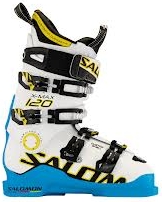

Pre-Skiing Impression:
Upon unwrapping the Citadel 106, the first thing you notice is the lack of weight. These things are seriously light...reminding us of touring skis since they only weigh 1744 grams and 1721 grams each in our 185cm test pair. The flex is somewhat soft feeling tip and tail, with a medium-stiff midbody flex. The nearly flat tails flex in a nicely rounded arc, with the forebody having a slightly hinged flex pattern, but nearly indiscernablely so. Forebody torsional strength is moderate, but nothing extreme. Flex response feels moderate, neither super-snappy or deadly damp (which belies the performance these skis can deliver). Sidecut geometery looks fairly mild without any radical elements.
Topsheet graphics are subdued gray-black patterns with minor accents of blue logo and white lettering everyone seemed to agree was handsome and not flashy, but definitely business-like. Fit and finish were excellent, right out from the Utopie factory in Quebec (same factory producing JSkis, Racoon, Renoun and several others). The factory tune appeared too tight at first blush, with nearly zero base bevel and what seemed like a 1+ degree side edge bevel. We ran a hand file down the base of the skis for one or two passes and a stone down the sides to get a "Ski-The-East" grip underfoot with the stock tune. This proved to be superb for this 106mm-waisted ski, (read on) even though most people instinctively want more base bevel on a ski this wide...so don't believe everything you've trained yourself to think. Mounting screws had a nice, solid grip into the cores when we torqued the bindings onto the Citadels.
Test Conditions:
Eastern corduroy, packed powder and hardpack groomers & boilerplate. Some shin-deep and knee-deep powder sections, skied-out afternoon powder, 2-3 day old skied out powder, crud, crust, bumps, open areas and trees.
Summary:
Bottom Line: The Renoun Citadel is one of the best all-terain freeride skis we have ever tested. Two different testers immediately ordered pairs for themselves after spending several days with the Citadels. You can try this ski for 100 days and return it for a full refund if you don't like it, then live with a two year warranty against defects. Cyrus Schenk's claim to have "The World's most stable full-carbon ski ever" is not marketing hype. It is indeed true.
The Renoun Citadel 106 is Cyrus Schenk's "ski-I-could-finally-build-for-me" model after 3 years of getting Renoun off the ground as a business with actual cash flow and growing customer base. The geometry, flex and camber profile really share nothing with the now-discontinued Endurance 104 (which tons of people all over the skier spectrum really found fun and friendly). The Citadel uses an aspen laminated core with a full sheet of carbon fiber (a first for Renoun) and twice as much HTD (Hyper Dampening Technology) polymer as any other model (12 inlay strips into the core).
The Citadel 106 is shockingly light for its size (1744 grams and 1721 grams each ski on our 185cm test pair [which actually measures 182cm tip to tail straight tape pull]) and feels extremely light underfoot...mimicking a touring ski-like feel. The tips have a moderate rocker profile, midbody is cambered and the tail is nearly flat with minimal rocker. The initial impression we had when clicking into Citadels mounted with alpine bindings (we used Tyrolia PRD12 adjustables) is that this ski will be light-handling and shouldn't be pushed too hard or fast since it might get skittery and wash-away as it folds under pressure. We couldn't have been more wrong. The Citadel pretty much surprised everyone by taking strong, forceful input pressure under high edge angles at high speeds like a GS ski, but with half the weight and half the effort you'd expect. The Citadel can deliver a high-performance, sporty, athletic, confidence-inspriring ride at slow or high speeds with complete security and composure on soft or packed surfaces, even when it feels like a lightweight underfoot. It's quick, fun, stable, easy, sporty, serious, quiet, secure and playful all at the same time (yes..it's hard to believe our own words, but read on...).
At 106mm underfoot, the Citadel can set, hold and switch edges on packed surfaces like a ski with an upper-80s waist, isolating and quieting firm condition vibrations with an eerie, almost elegant feel along its entire length. On packed groomers, you can run it flat with a drifty, almost smeary style, or ride it deeply on-edge like a GS-sized carver with some hip-dragging angles. In cut-up or junky conditions, you can dance through the crappy snow with surpising agility because of the low mass underfoot, or set a solid trajectory through the crud and power-track your way to your turn points with very little deflection or kicked-around feelings. The soft flex of the forebody can lead to some perceived flap at speed through junk, but the line always seems to hold solidly on-track so you don't need to make corrections or put your skis back on your line. Powder surfing is completely intuitive, essentially effortless and a nice mix between directional and smearingly surfy feel with on-demand depth and turn shape changes with almost zero effort. In each environment, the Citadels lived up to the Renoun reputation for becoming quieter and quieter the faster you ski them...so the family trait endowed by the twice-the-usual dose of HDT polymer seems to be nicely demonstrated in this design.
The ExoticSkis test crew is pretty skeptical and devotedly critical since we find most ski tests in the large magazines to be shallow and all too often full of hyperbole and lacking criticism of ski personality traits and behaviors. After the first few days on hardpack, crud and powder outings we wondered how a ski like the Renoun Citadel can deliver such an easy-to-handle, yet high level of performance in all these different conditions and surface environments. Many skis deliver a "great", "pretty good" or "OK" performance at one or some of the conditions we put the Citadels through, but we can't remember a ski with this much fun-factor and so little disappointment in so many kinds of snow with so little pilot effort required.
In summary, the premium-priced Citadel represents an honest-to-goodness reference standard of 100-110mm freeride skis for the huge swath of skiers between beginner and professional hard-core charging athlete. That's a wide market segment. The geometry and componentry of the Renoun Citadel simply work better at delivering a ton of fun for all kinds of surfaces than nearly any other skis we can think of for the majority of skiers out there. Beginners and pro-level hardcore Nice work. The bar has been raised, which is good for skiers everywhere. Everyone really loved this ski.
Hardpack and Boilerplate:
Most 106mm-waisted skis are not the best choice for groomer hardpack or boilerplate carving, so when we test the behavior of a ski the size of the Citadel, we adjust our expectations. Every tester had the same reaction after taking the Citadels out for a few days on various densities of groomed runs...."Wow." Most skis in the 100-110mm category can grip hardpack with some effectiveness, but getting them to engage, hold under pressure, change edges and track on-edge at different speeds and turn radii can be disappointing and a lesson in tolerance and patience.
The Citadels surprised everyone by how grippy they were underfoot and along their entire length, delivering a remarkable level of confidence and holding power in a really wide variety of situations and conditions for a relatively non-carving width ski. We're confident saying the Citadels have class-leading edge grip for The quickness of edge sets and changes really stuck out in our testing of the Citadels on hardpack. The light weight helps reduce the effort of tipping the ski along its long axis into and out of turns, but its tenacity to hook up and grip in the forebody and draw the grip down through the midbody and tail during the turn sequence was surprisingly good for a ski this size. After a few turns on packed groomers, testers all started skiing the Citadels like frontside all-mountain skis instead of midsized freeride skis.
Response on hardpack was very sporty and fun, quick when needed, smooth and quiet when rowdy action was dialed-back. Turn radii could be forced into tight, choppy modes, medium or long, drawn-out GS-like arcs at slow or high speeds with very little effort. You don't need to be an athlete to get the Citadels to work well. As we expected, the signature quiet ride of Renoun's skis displayed itself in the Citadel model by essentially zeroing-out high frequency vibrations in the chasis and controlling unwanted action at high speeds or choppy, harsh conditions. Feedback underfoot was really detailed without being irritating. We really liked the hard surface behavior of the Citadels and couldn't find any dowside to their personality or action on firm snow.
The relatively flat tails help keep a solid platform underfoot under carving pressure and minimize the shortened contact length on edge found in many skis with more rocker than the Citadels. They even worked in a really civilized, secure manner on good old noisy, Eastern boilerplate...better than nearly any other skis this size we can remember. Yes, a 106mm ski can work well on hardpack in a way that might surprise some skiers.
Mixed Surface & Variable Conditions:
There seems to be two schools of thought on what kind of skis people want to handle cut-up snow conditions. Skiers often want either a heavy, somewhat stiff, damp, strong platform to cut through junk with zero deflection, freight train solidity and unwaivering tracking integrity, or they want an agile, float-and-skim lightweight surfer to ride over the variable surface conditions to avoid darty subsurface behaviors. The freight train skis need a strong pilot to keep the pressure on, while the lightweight surfers need someone quick on their feet who will keep the speed under control to avoid over-skiing a soft ski's speed limit and ability to keep its composure. The Renoun Citadels feel like a surfy lightweight in junky conditions, but track on a solid line like a stiffer, heavier ski with minimal deflection. If we had to pick a bias between surfy and freight train styles to describe the Citadels, it would be on the surfy side, but with very few of the side effects typically found in surfy style skis in crud.
The Citadels remain quick, yet oddly quiet, without the darty traits in some soft-forebody skis in the 19m radius class. You can hold a powerful line through junky conditions with the Citadel with less effort than a heavy-metal crud-cutter type of ski, with only a slight tradeoff of stability, which really shows itself as not "instability" as much as "reactivity". The Citadels never really become unstable, even at speed in the cruddy conditions. They feel light and quick, which might disorient a skier accustomed to heavy, damp crud cutters. For most skiers, the Citadel will let them rip or cruise through the mixed-density 3D snow with very little effort and no anxiety, which is a great trait in our book. The only time the Citadels deflect a little is when there is a hard, soft-ball sized chunk of ice under the surface, but even then, the quiet and controlled nature of the Citadels make a minor corrective move pretty effortless, which is valuable if you ski these kind of conditions all day.
Powder Conditions:
The geometry and flex of the Citadel delivers a really nicely balanced mix of surfy agility and directional stability in powder conditions. We skied the 185 in the woods of Vermont and found the size ideal for our crew, obviously wanting the 191 in more wide-open or Western terrain. The Citadels like being skied right on the midbody in powder, allowing the tips to surf up nicely and letting you put the heels down when needed in the soft snow along your turn sequences. Vertical control of your depth is pretty effortless, with just a hint of directionality under the surface if you throw them sideways while still submerged. Slurfing sideways on top of the snow is simple, even with the somewhat flat tail rise. We would grab the Citadels on any powder day unless it was truly epic and demanded a truly fat ski in the 112-120mm+ category. We loved the 185 in powdery, tight trees. We would pick the 191 without hesitation in more open powder terrain or Western conditions.
Turn Initiation, Apex & Finish:
The Citadel initiates a turn with a minor tip of the ski, and doesn't really need an increase in forebody pressure to get it to hook up. It naturally wants to take the tip engagement and run it down the length of the ski automatically, letting your body weight pressure the mid-ski at the apex and finish on a substantial tail under nearly any pressure level without washing away. We really liked our test pair with a minimal base bevel (0.5 degrees) to maintain an impressive grip without feeling hooky or railed, yet allowing a smearing scrubability on-demand. The Citadel likes a centered stance without any extreme pressures or movements for and aft...essentially a neutral-feeling turn behavior at nearly all speeds from slow to rippingly fast. You can get forward on the Citadels and force a hard-lock carve early, or relax and enjoy the scenery without feeling you've come out of this ski's comfort zone, which is impressive. You can pop it into various turn shapes quickly in rapid-fire fashion, or ride a long GS-style arc from start to finish without any complaints from the Citadels...they just seem to do as they're told without any real bias to any extreme.
Analogies: ("This ski is like...")
A Hasbro Transformer. Click: It's a frontside carver on hardpack. Click: It's a powder ski with fun surf and smear abilities. Click: It's a tree ski wiggling through tight forests with ease. Click: It's a point-and-go freeride all-terrain ski.
Notable Tester Comments:
Jeff Tolbert:
"Let's put it this way, these are the first skis I immediately ordered after testing them.
Got them up to 79.8 mph, according to the GPS. Still no sense of chatter or wobble. Really want to try the longer version... I'll just have to get a pair! Not a lot of untracked left, but found a bit and they were happy little clams. Very happy!
The human mind is hard wired to seek out faults. It's a survival instinct. So let's take a look at the new Renoun Citadel.
Pick them up and they almost fly out of your hands. Unexpected, having a wide, hefty looking ski weigh so little. Way too light.
The graphics match all the Euro gear for next year. Really, I just received a promo boot pack in the exact same colors. "But graphics don't matter," you say. Sure, companies never worry about that, or have teams of well payed employees working on the graphics.
What do these graphics mean for you? This was the first pair of Renoun test skis that received questions just on their looks, from people who had no previous knowledge of the brand, the buzz, or the non-Newtonian physics. But, most importantly, when you put your Citadels together they don't create one piece of art. So you don't have a left and right side, you can swap left and right skis without messing up some pattern. The way these want to go downhill, and the edging you will be doing, this is a great thing.
Way too good a grip on groomed. Did you ever ski with a person of a certain age who has a style that seems effortless? These emulate that style. Even at over 60 miles per hour. No chatter, no wobble, just a stable ski.
So, despite the request to be ruthless in our criticism I'm having trouble trying to find something wrong with this model.
Did they do it? I think so."
Brian Finch:
"I immediately ordered a pair on pre-season special as soon as possible after testing them. I was initially unaware this was a carbon ski & loved the variable terrain performance & in juxtaposition with how quickly they engaged with tearing arcs over the hill."
Eric Edelstein:
Effortless, refreshingly light (1744g and 1721g measured) and nimble in tight eastern trees, both steep and low-angle terrain
Compliant and surfy when skied lazily (see vid), yet solid and reliable when pressured in tight conditions with zero tail-washout thanks to the relatively flat tail and camber profile. Confidence level underfoot is rock-solid in virgin or cut-up soft conditions.
Elegant open-powder surfing turn shapes and smearability for a ski with minimal tip and tail splay and long camber zone mid-body…unsually good open powder behavior for a minimal rocker design. Feels like it's as long as it measures in 185cm…does not ski super short…maaaayyyybe 180cm feel.
Bias toward highly-accurate directional handling rather than loose-and-surfy smearing personality. Good balance between line-holding tenacity and smeary driftability.
Eerily quiet, yet eager feeling and very responsive underfoot without a hint of darty behavior in 3D snow. Nearly zero deflection from junk under the surfaces.
Feels a little dead on packed powder surfaces until you realize the turn intensity you can get out of the shaping and camber. I get the same feeling from some serious race skis on hardpack….until you realize it's not "dead", but "quiet" without giving off a "heavyweight" impression underfoot.
Higher speeds through cut-up, skied-out powder snow is totally quiet and controlled, with quickly responsive directional changes on demand. Just a hint of wander at speed running flat.
The response and feel is unique for ski with these dimensions. Damp and quiet without a heavy-feel, yet eager and energetic both in low-pressure and higher-pressure turn events.
Packed powder carving prowess is class-leading....right with the DPS Wailer 106 Alchemist (one of my favorite skis this season). I honestly have a mental conflict about a ski with touring-class weight (or lack thereof) that trenches lines at warp 9 speeds on dense packed surfaces with silkly quiet confidence. You can crank multiple radii turns in carving mode and the Citadel doesn't protest. No balking, no washout, no fight-back...the harder you crank them, the deeper they dive into the turns with slot-car like traction. Do not put a base bevel more than 0.5 degrees on this ski...trust me....you don't want to waste its ability to engage the forebody quickly and with authority.
I had several carving skis between 82 and 95mm underfoot for hardpack testing...and found myself spending the most time on the Citadel 106. That might give you a clue about this ski.
Quick Comments:
- Surprisingly grippy and quick out of a turn on groomers
- Fun and surfy tree toys with great feel and agility.
- Remarkably good all over the place.
Things I Would Change About This Ski:
Nothing other than offer more length options.
Short Answer When Someone Asks "What Do You Think About This Ski?":
The Citadel is one of the most impressive skis we've ever tested because it performs at such a high level in an absurdly wide variety of terrain and snow conditions with very little effort. Other ski builders should take note. This is a freeride / all terrain ski that could raise the bar for everyone.
What kind of skier is this ski good for and not suitable for?
The 106mm size might be a bit too wide for some intermediates, and some muscle-head heavyweights might over-drive this ski. Other than that, everyone would be an ideal candidate for the Citadel.
Advice To People Considering This Ski:
Consider your terrain and average speed preferences and buy a size up from your old skis unless they had significant rocker profiles or you spend most of your time in tight conditions.
Other Reviews:
Blister Gear Review (subscription required):
https://blisterreview.com/gear-reviews/ski-reviews/2018-2019-renoun-citadel-106
Pics: (click for larger versions)
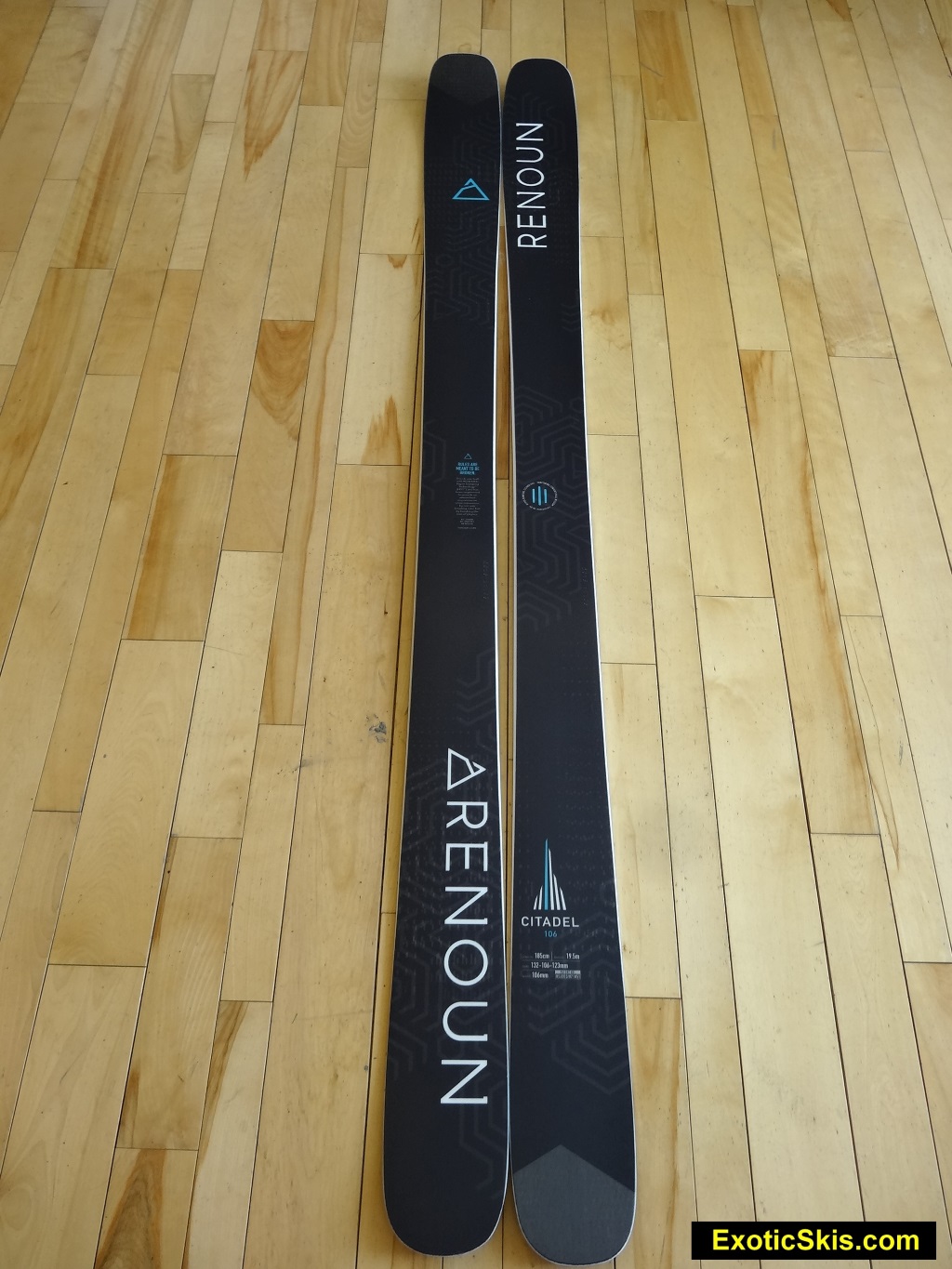
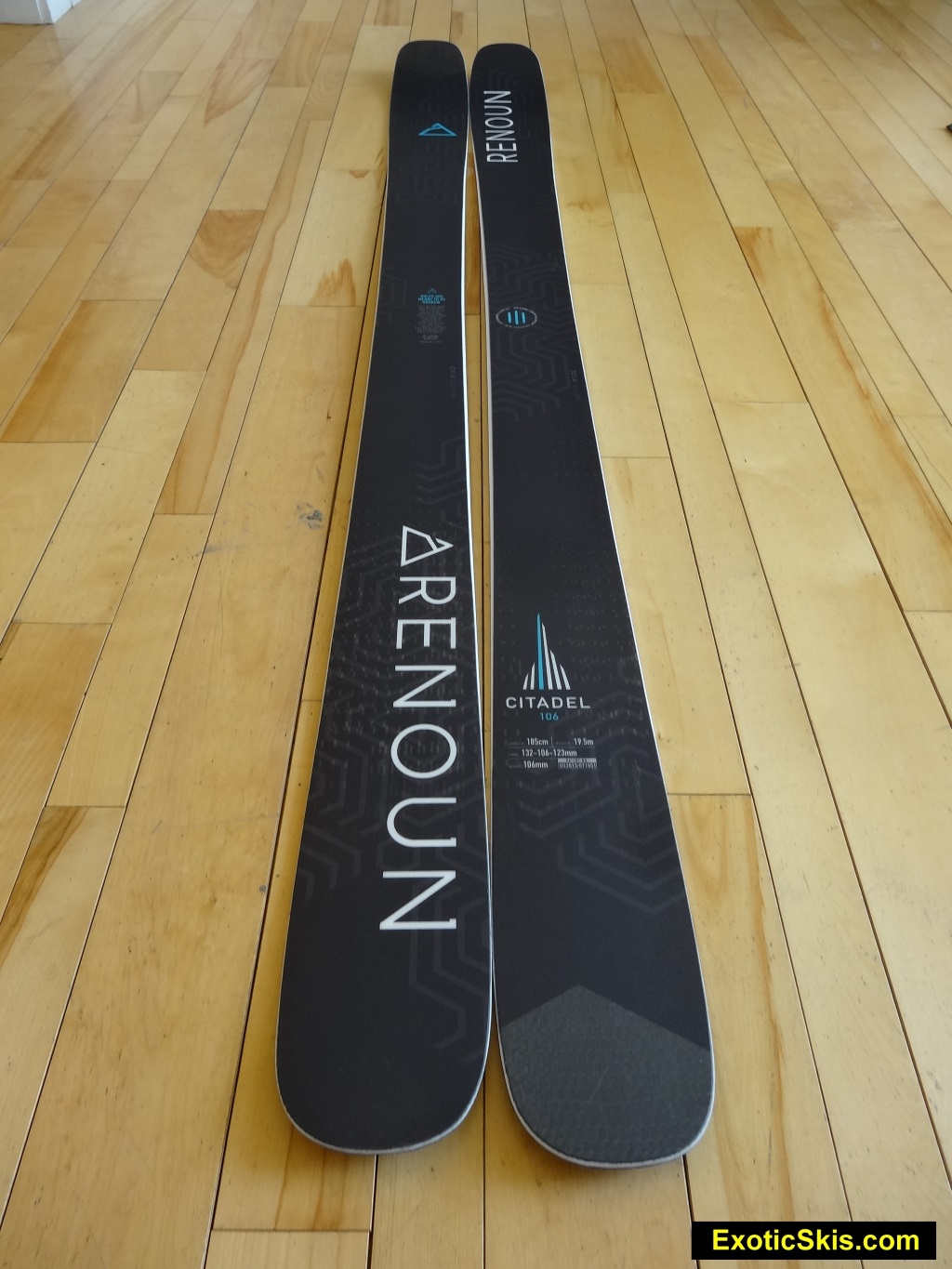
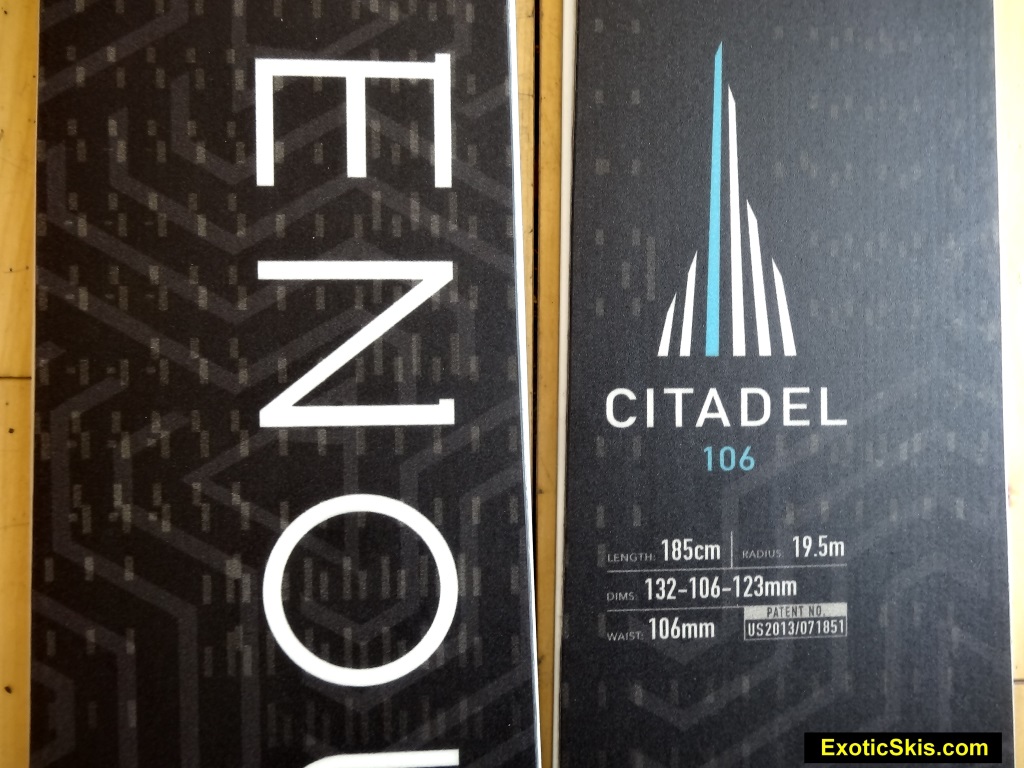
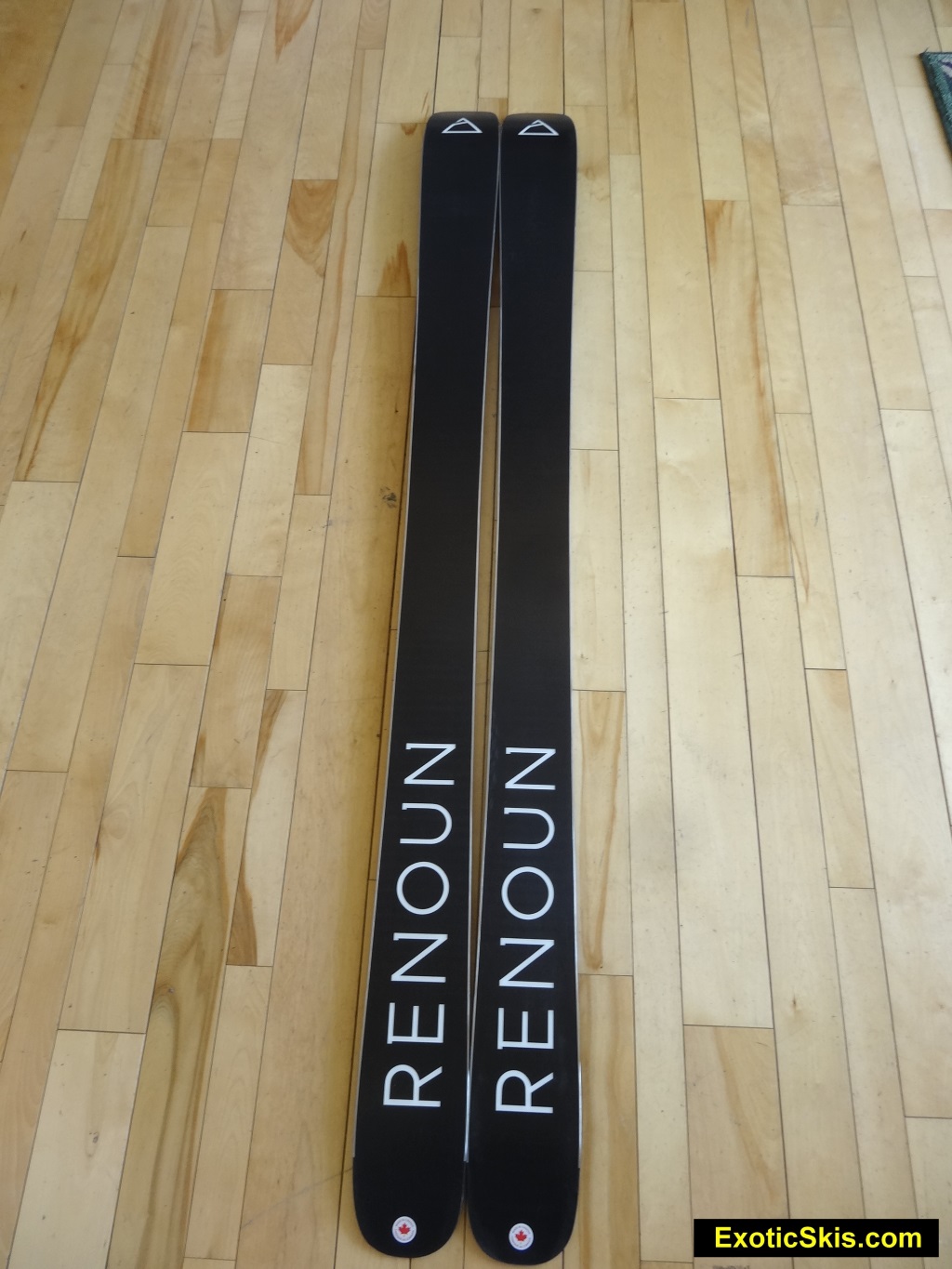
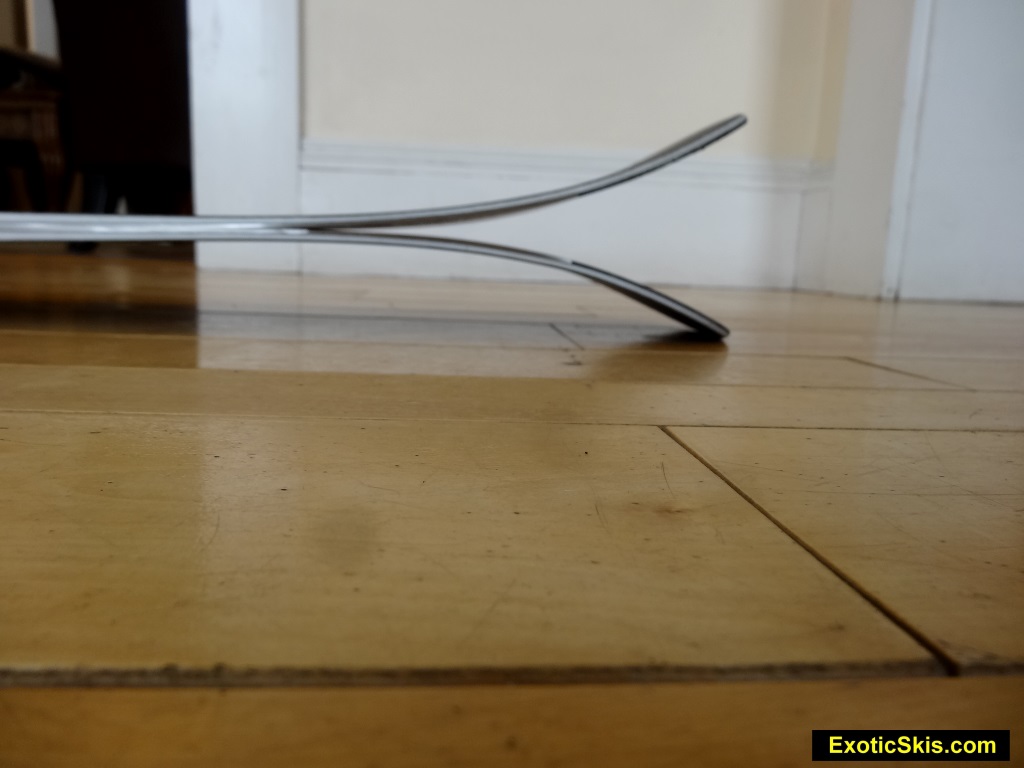
Renoun Citadel Tip Profile
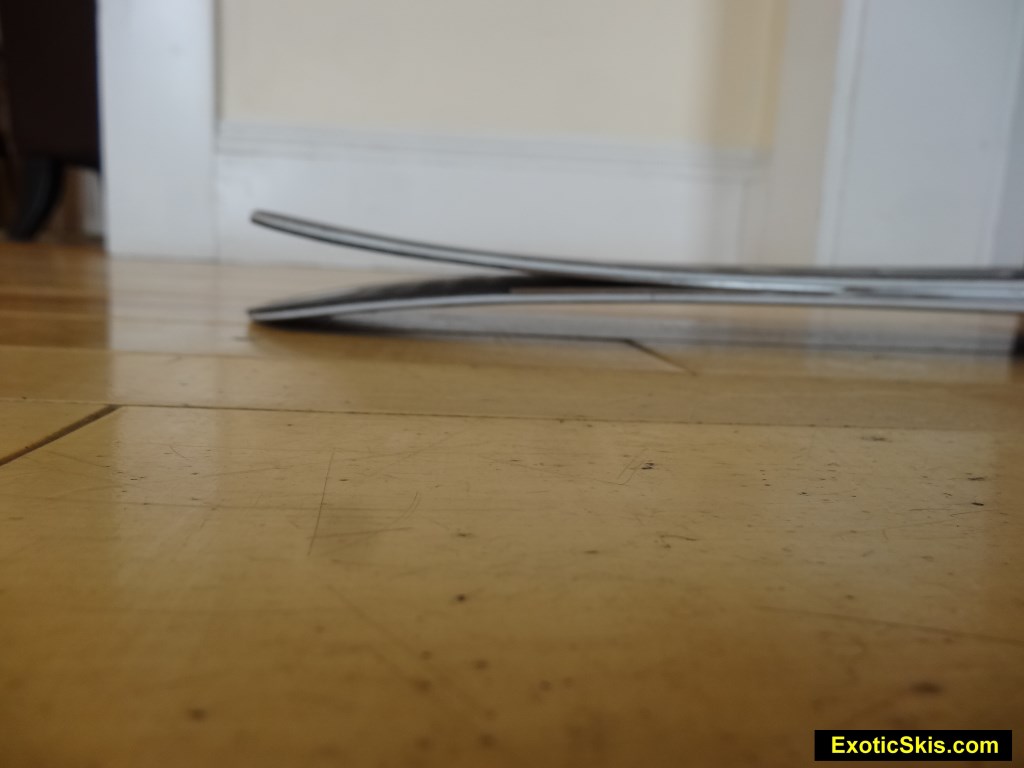
Renoun Citadel Tail Profile
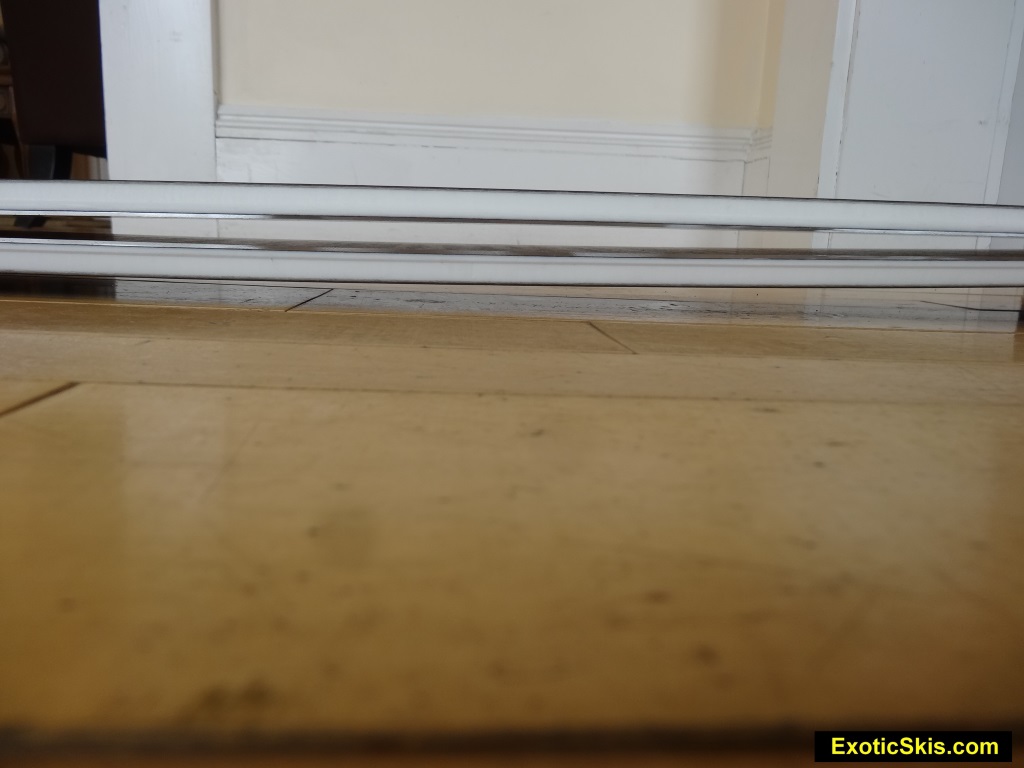
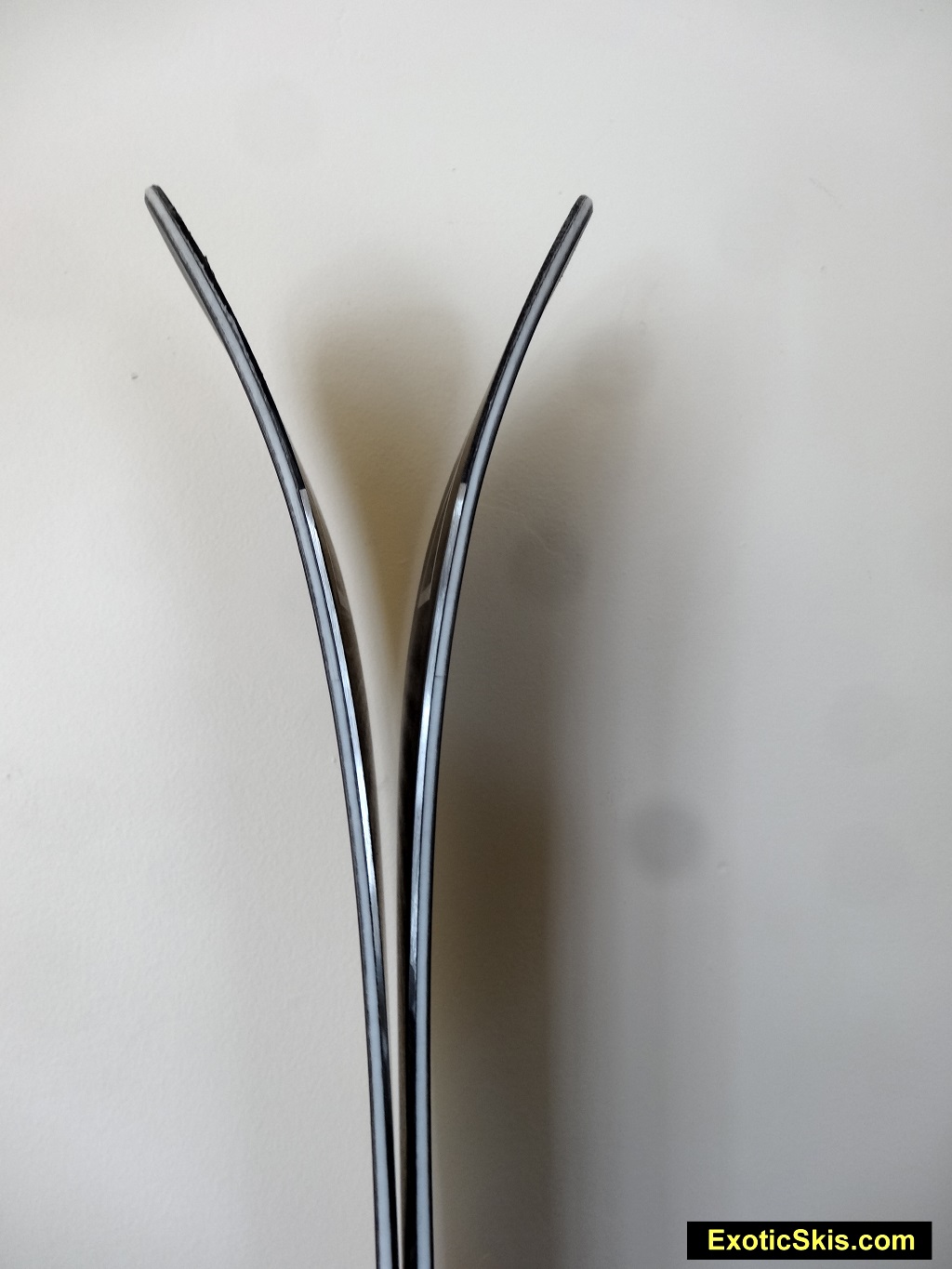
Renoun Citadel Tip Profile
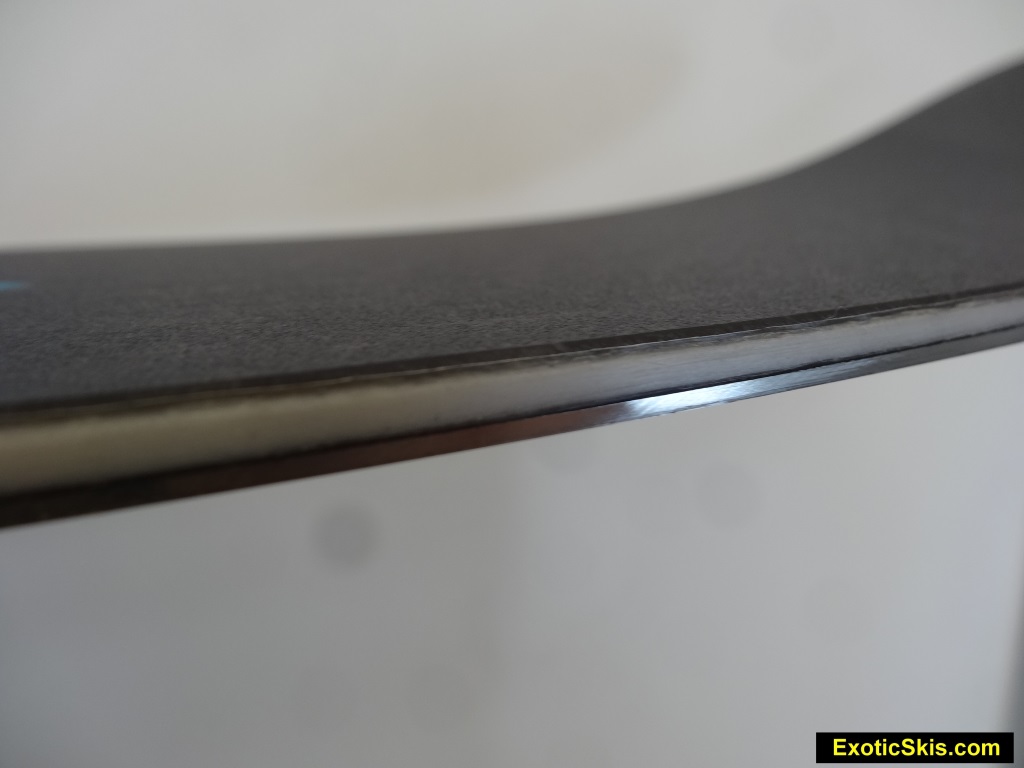
Renoun Citadel construction detail
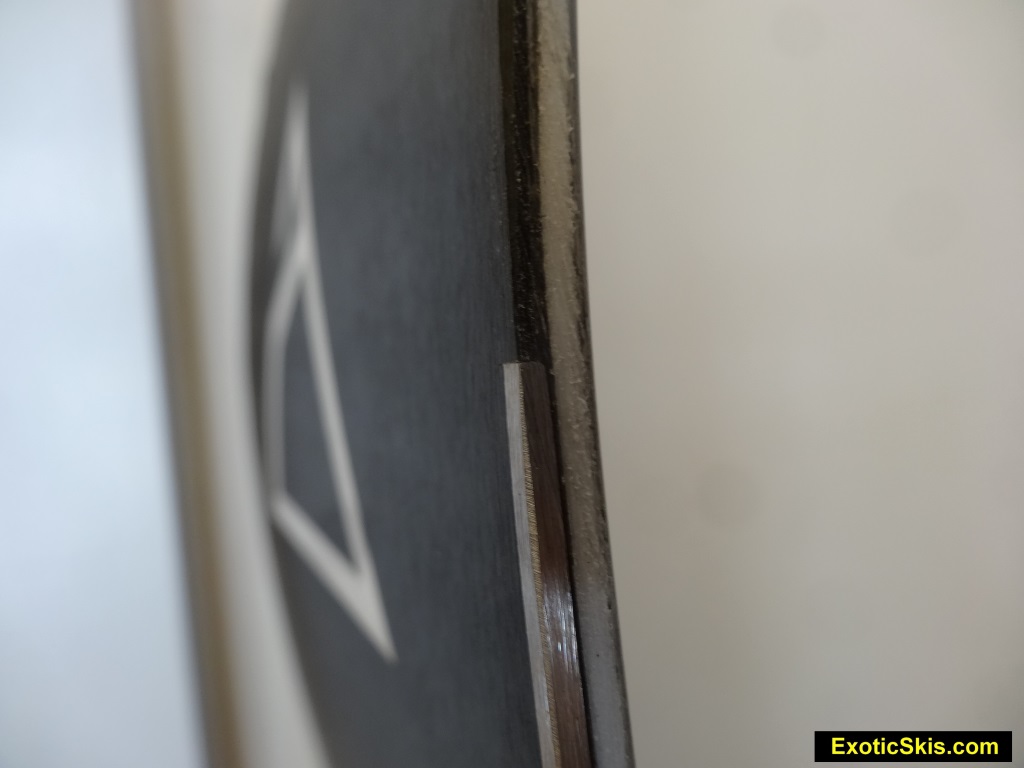
Renoun Citadel construction detail
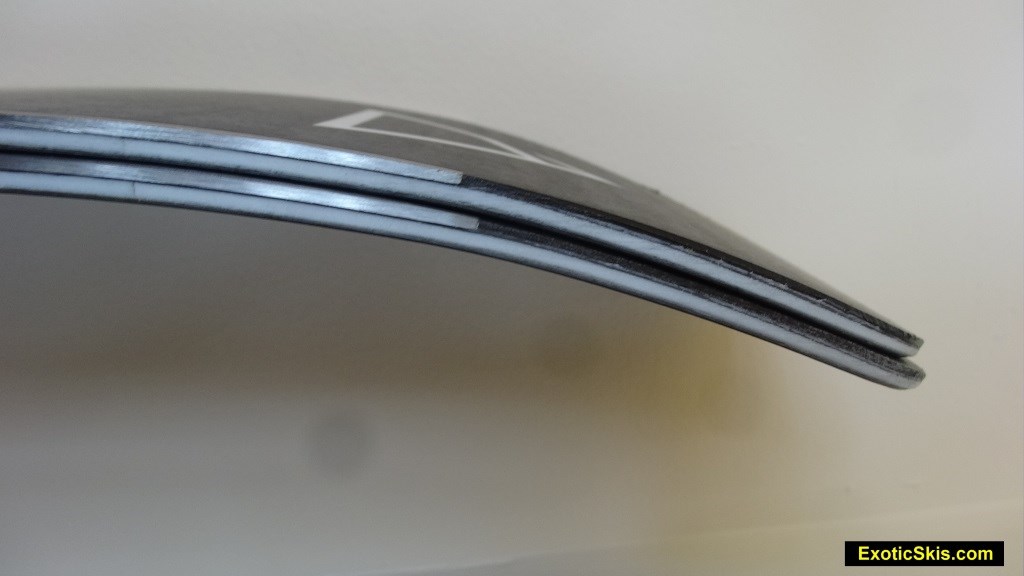
Renoun Citadel Tip Detail
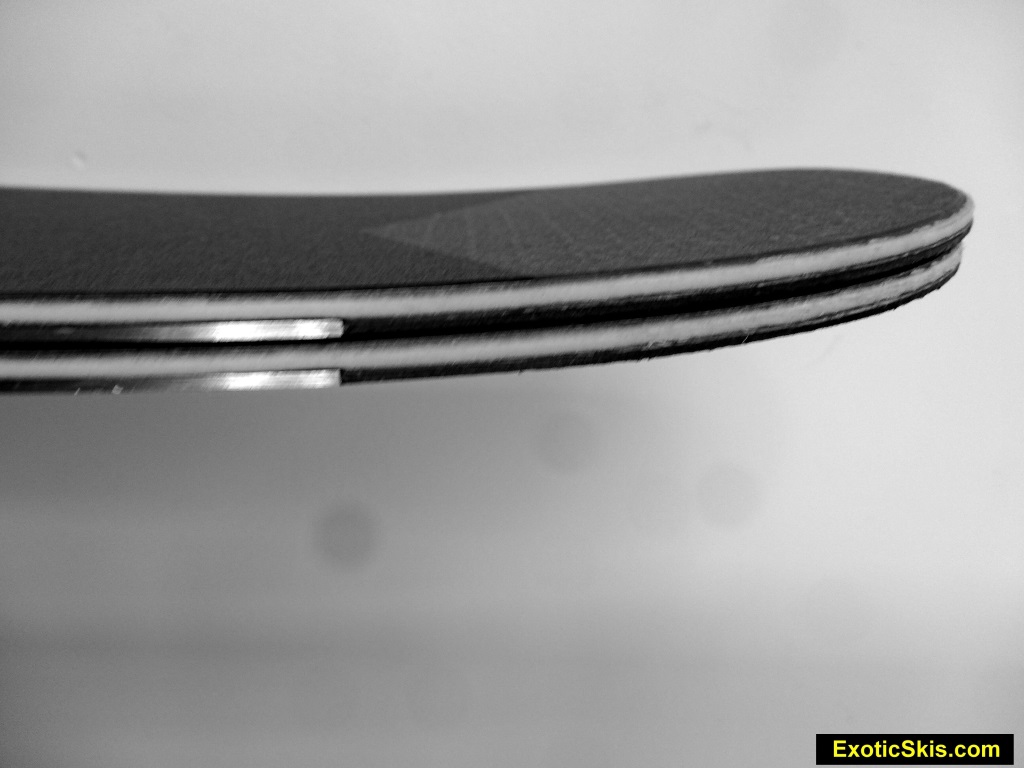
Renoun Citadel Tail Detail
